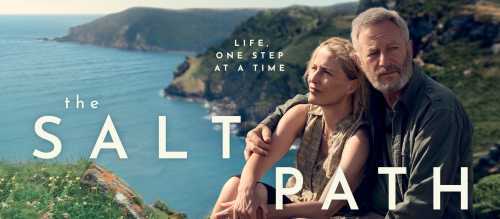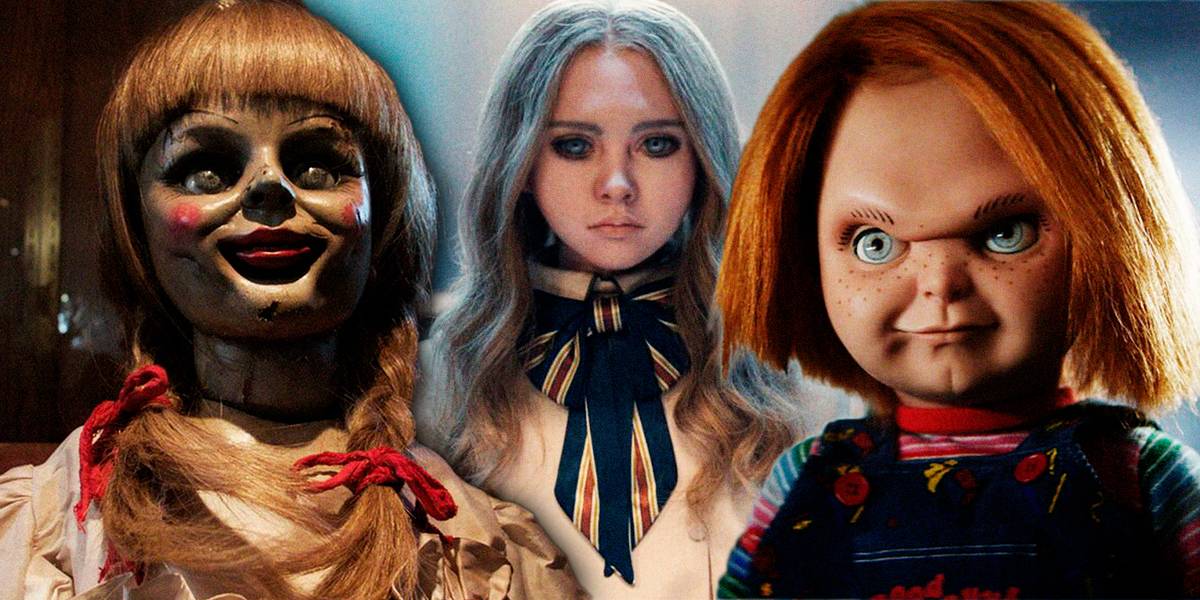is a British television film directed by Charles Sturridge, adapted from Daphne du Maurier’s 1957 novel of the same name. Set in post-war Britain, the film is a tense and atmospheric psychological drama that explores identity, deception, and the weight of personal responsibility. With elegant period detail and a gripping central performance, it offers a thought-provoking story about second chances and the burden of truth.
At the heart of the story is John Standing, a quiet and somewhat aimless schoolteacher portrayed by Matthew Rhys. Standing is a decent, mild-mannered man drifting through life without deep attachments or purpose. During a chance encounter at a train station, he meets Johnny Spence, a wealthy aristocrat who looks exactly like him—also played by Matthew Rhys. Their physical resemblance is uncanny, and it quickly becomes clear that Spence, cunning and morally ambiguous, sees an opportunity.
After a night of drinking, John wakes up to discover that Spence has vanished—leaving behind his clothes, identity, and complicated life. Now mistaken for the aristocrat, John is swept into Spence’s world: a decaying estate, a troubled marriage, a controlling mother, a mistress, a daughter, and a web of business dealings on the verge of collapse. Initially desperate to escape, John gradually becomes entangled in the lives of Spence’s family, finding himself drawn to the people Spence has harmed or neglected.

What follows is a compelling identity drama. As John attempts to maintain the illusion, he begins to feel a moral obligation to fix the damage Spence has caused. He forges deeper relationships with Spence’s wife Frances (Alice Orr-Ewing), his sensitive daughter, and even the household staff, slowly transforming from an imposter to a caretaker. The question at the heart of the film is not simply whether he will be found out—but whether he can become a better version of the man he’s pretending to be.
Matthew Rhys gives an outstanding dual performance, differentiating the two characters not just through voice and posture, but through their very essence. As John Standing, he brings warmth, humility, and integrity. As Johnny Spence, he is sharp, manipulative, and entitled. The contrast adds layers to the story, making their psychological duel all the more intense.
Visually, the film is steeped in post-war melancholy. The cinematography captures the faded grandeur of the English countryside and the crumbling estate, mirroring the moral decay of the Spence family. The production design and costume work evoke the 1950s with precision and care, lending the film a strong sense of place and period.

While the plot stretches believability at times—particularly in how easily John slips into Spence’s life—the emotional core remains strong. The story is less about suspense and more about character transformation. It raises questions about fate, morality, and the roles we play in our own lives and the lives of others.
In conclusion, The Scapegoat (2012) is an elegant and emotionally rich adaptation of a classic literary tale. With its blend of psychological intrigue, moral complexity, and powerful performances—particularly by Rhys—it delivers a haunting reflection on identity, redemption, and the chance to start over.


